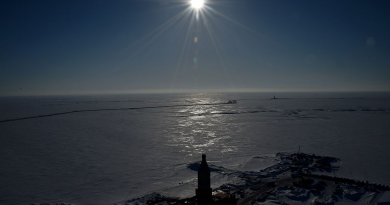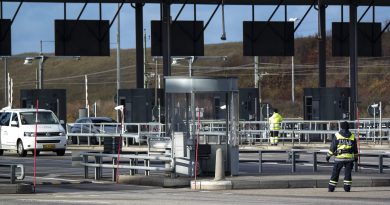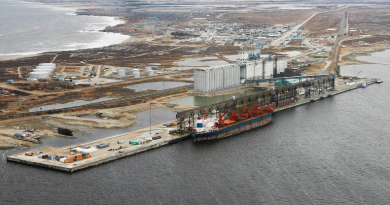5 lessons Nunavut can learn from the COVID-19 outbreak in Arctic Quebec
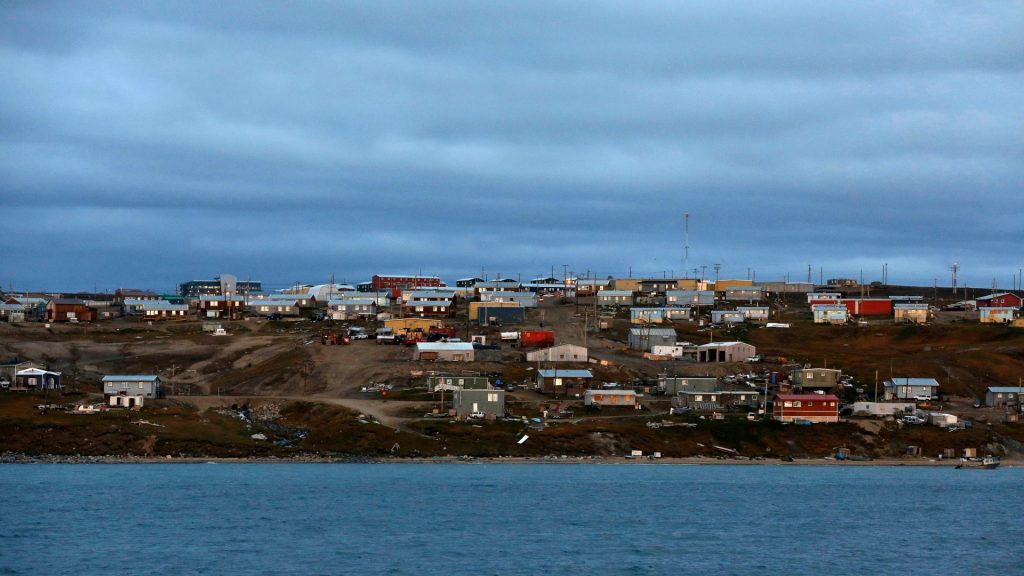
On Thursday, residents of Nunavut received the news they had been dreading: the first confirmed case of COVID-19 was identified, not in the capital of Iqaluit, but in the remote community of Pond Inlet.
It was disappointing news for many who thought the territory may last the pandemic without a single confirmed case. But Nunavummiut can take heart from the example of another northern community: Puvirnituq, Nunavik.
The northern Quebec community, known as the “hub of the Hudson coast,” saw 14 confirmed cases of COVID-19 over the month of April — and the majority of confirmed cases in Nunavik.
But to date, the community’s containment measures seem to have been successful, preventing the worst-case scenario of widespread infection.
“I’m very happy with how it turned out so far,” said Jean-Francois Morin, deputy chief of operations for the Kativik Regional Police Force based in Puvirnituq. “We’ve been able to prevent a major outbreak.”
As of today, most of Puvirnituq’s confirmed cases have recovered.
“It’s reassuring, but it’s because people respected the rules,” said Morin.
Now that the coronavirus has spread to other remote northern communities, the example of Puvirnituq’s success is all the more important.
Here are five lessons Nunavummiut can take from Puvirnituq’s success combatting COVID-19.
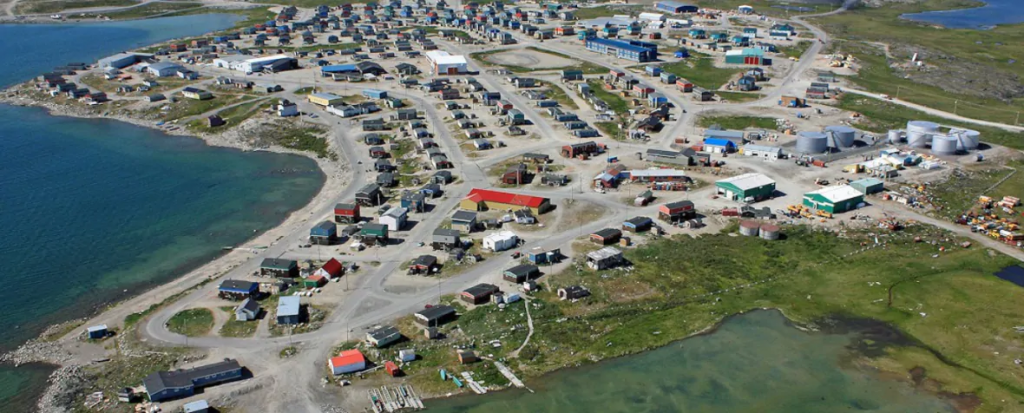
1. Understand the spread
Dr. Marie Rochette, the director of public health for the Nunavik Regional Board of Health and Social Services, called it “classic” public health work, but quickly understanding the potential spread of the disease made all the difference in Pivurnituq.
That involves contact tracing and testing, and encouraging those contacts to isolate. It also means close coordination with people in the community, Rochette said.
“To be able to work with people that know the community well is very key,” she said.
“Rely on the experience and knowledge that people on the ground have about families — who lives with who … [and] what are the best moves with the different households?”
In Nunavik, health authorities established local emergency management teams that kept municipal leaders in the loop.
Those teams also co-ordinated long-term support for people who need to be suddenly isolated.
“It’s not only an issue of nurses and doctors,” she said. “They have to be provided food, sometimes they need psychosocial support.”
“There is need for support by the whole community.”
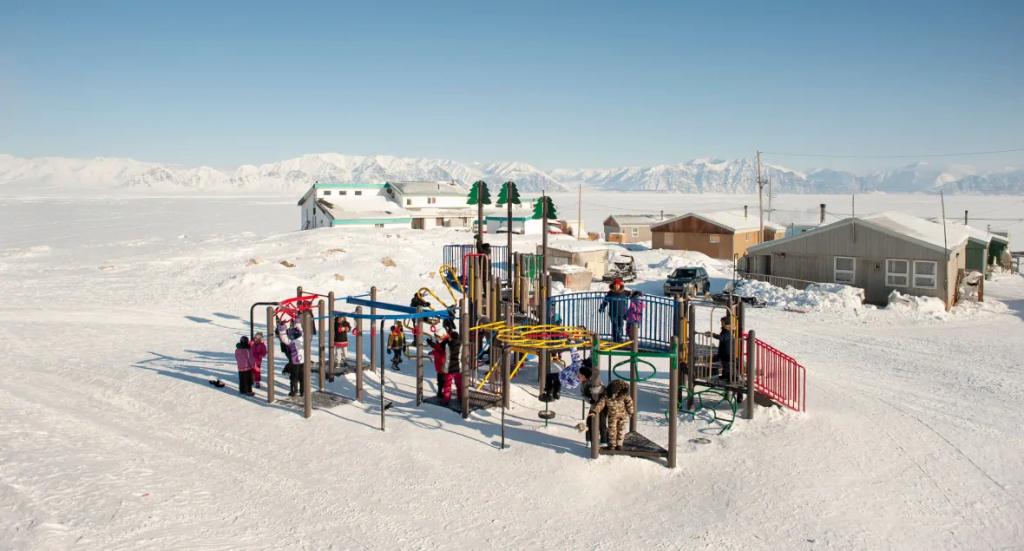
2. Infection within families will happen
Like Nunavut, Nunavik’s communities struggle with overcrowded housing. That makes the potential for community spread much higher.
“We know that in the North, we have greater propensity for overcrowding,” said Colleen Davison, an epidemiologist at Queen’s University’s School of Public Health who’s spent her career researching in northern communities.
“It makes it difficult to not have the spread happen within families.”
That was the case in Puvirnituq, where several of the confirmed cases were “close contacts” with each other — meaning they were intimate partners or may have shared the same household.
Knowing this was a possibility, health authorities ensured members of the same household were kept in isolation even before cases were confirmed. Eventually, they began treating all close contacts of infected people who showed symptoms as confirmed cases.
Rochette said they also tried to prepare for those who might slip through the cracks — vulnerable individuals with no home to stay in.
In each community, health authorities set aside a few houses or apartments to isolate people “who cannot stay at home,” she said.
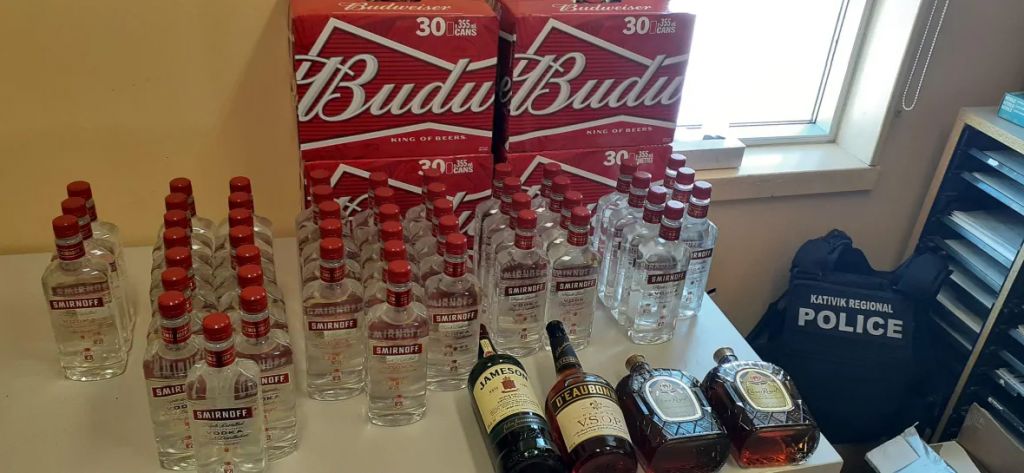
3. Ditch the alcohol
When the first case was confirmed in Puvirnituq, the local mayor and council immediately voted to ban the sale of alcohol.
“In my opinion, it helped a lot,” said Morin, the deputy police chief.
The statistics back Morin up. Puvirnituq is detaining 90 per cent fewer people than the same time last year, meaning jails are less crowded — and safer from the spread.
It also means residents are more likely to obey strict curfews and social distancing orders put in place by authorities at the beginning of the outbreak, Morin said.
“Of course sometimes people forget, but … we see that people are conforming to it pretty well,” he said.
Morin said once the first cases were confirmed, community members generally fell in line with public health orders.
“We could see that it was easier for us to enforce the measures, because people felt it was there,” said Morin.
Residents even tipped police to illegal liquor shipments entering the community — a sign, Morin said, that “most of the community members feel that … it’s time to think of our elders and the entire population.”
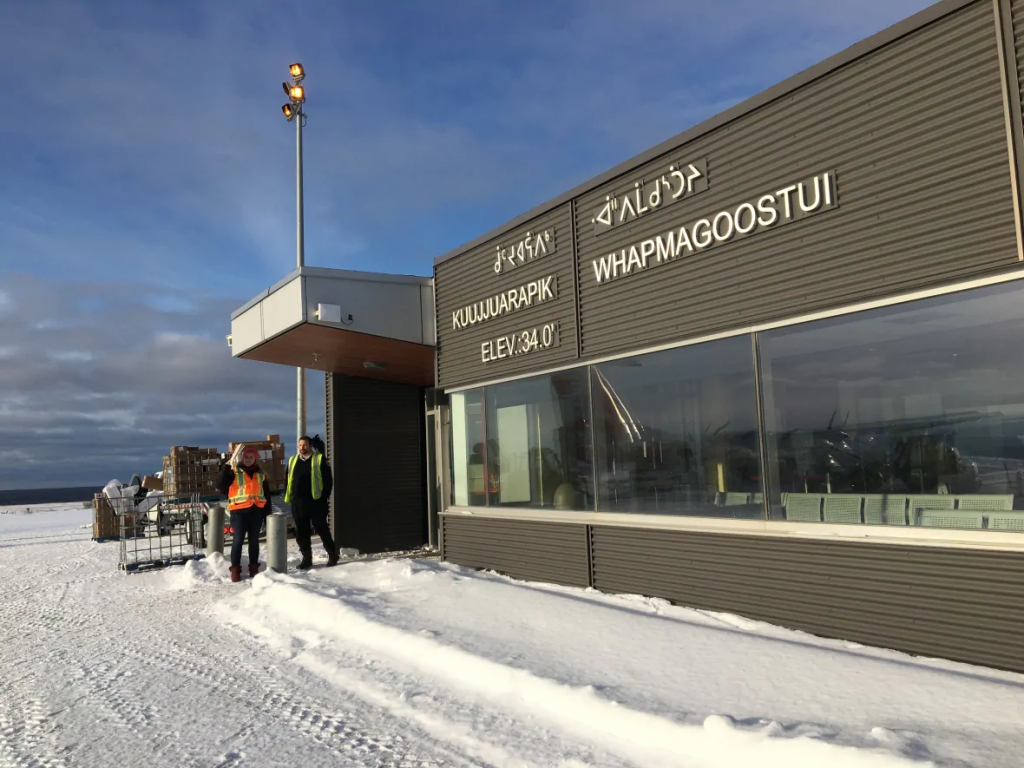
4. Keep the travel bans
The biggest risk to communities in the North continues to be people coming from regions with more cases, according to Davison, the epidemiologist.
“If there are communities that are fly-in only, and that has been almost entirely shut down … then the risk of exposure is dramatically reduced,” she said.
“What we’re hoping is that by limiting the travel quite early, that has been eliminated … in a lot of these communities.”
That means keeping travel bans in place for much longer, until the risk of spreading the virus has largely subsided.
“It could have been worse, or it can be worse, if we don’t continue to be very cautious about how quickly we open up,” she said.
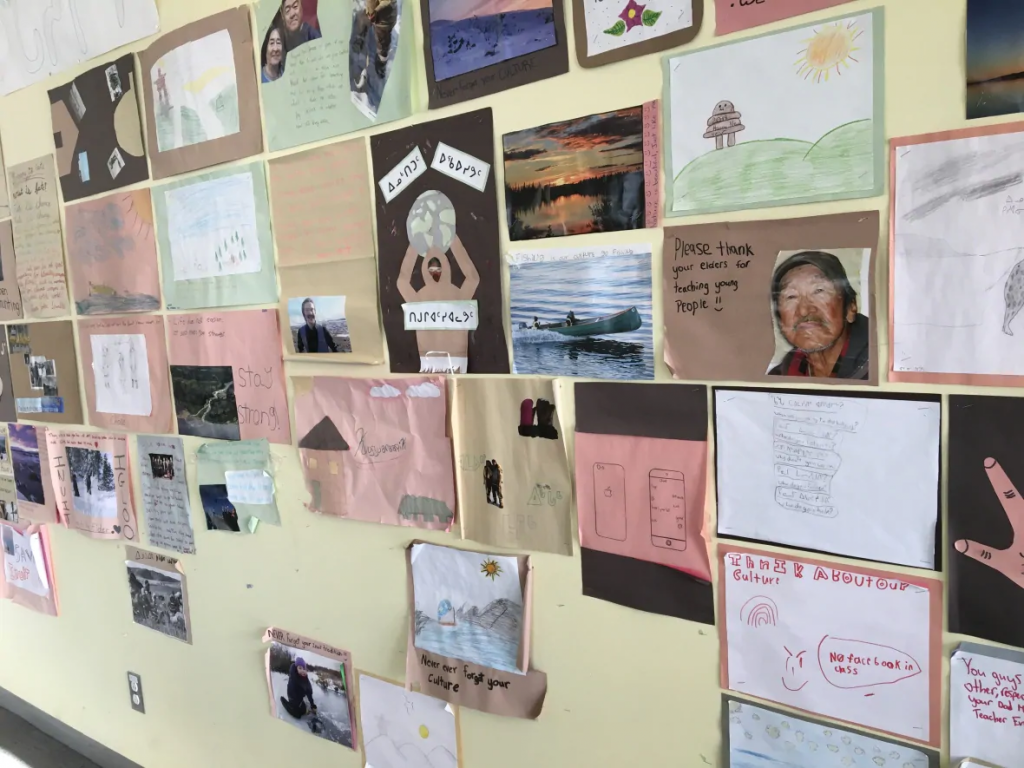
5. Make sure the community is behind you
The real key in Puvirnituq was “good communication” with local leadership, Rochette, the director of public health, said.
“Support from local leaders, to be able to get the information [to people, and] reinforce all the recommendations about social distancing” continues to be key, she said.
That will get harder as the weeks stretch on. Davison — who studies the impacts of social factors like gender, poverty, and housing on health — said COVID-19 isn’t the only danger facing northerners in an extended quarantine.
In the North, RCMP have already warned of the increased risk of domestic abuse and child exploitation. Even in stable homes, many people are now poorer and more alone than ever.
“The risk for our extended closure of our economies … is estimated to be greater than the risk of the deaths from the virus itself,” she said. “This could have a very, very deep and long-term effect.”
That means public health officials in Nunavut will have a difficult balancing act to perform. But Davison is still optimistic.
“I think the North is so resilient,” she said. “They’ll be resilient in this too.”
Related stories from around the North:
Arctic: Roundup of COVID-19 responses around the Arctic, Eye on the Arctic
Canada: Arctic Canada: How Yukon’s ‘one caribou apart’ physical distancing ads became a sensation, CBC News
Finland: First Covid-19 death reported in southwestern Finnish Lapland, Yle News
Greenland: COVID-19: Arctic science expedition postpones flight campaign after trainee tests positive for virus, Eye on the Arctic
Norway: Norwegian Arctic wilderness tourism hit particularly hard by coronavirus, The Independent Barents Observer
Russia: Risking death for Arctic gas? Northern Russia construction site becomes COVID-19 hotbed, The Independent Barents Observer
Sweden: WHO says Sweden’s coronavirus strategy could be ‘a future model’ post lockdowns, Radio Sweden
United States: COVID-19 pandemic raises hard questions about health disparities, says Int’l Inuit org, Eye on the Arctic

